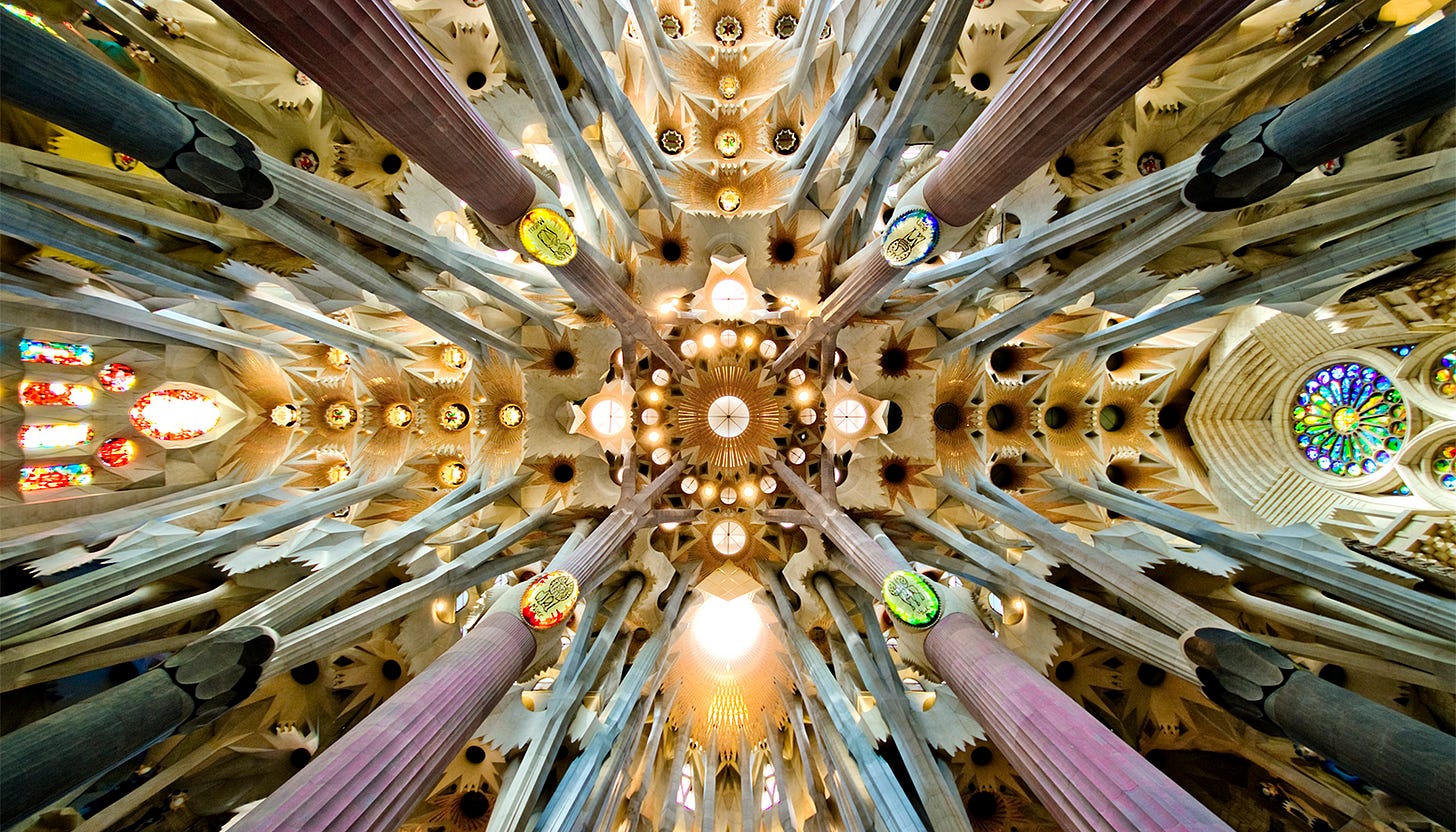The architecture of sound
Can the solid world of architecture provide insights into the intangible world of music?
The poet Johann Wolfgang Von Goethe once described architecture as ‘petrified music’. This has echoed down the years, albeit with a small modification to ‘architecture is frozen music’. The poet expressed the idea during a series of conversations with the younger writer Johann Ecker…
Keep reading with a 7-day free trial
Subscribe to The Liner Notes to keep reading this post and get 7 days of free access to the full post archives.


